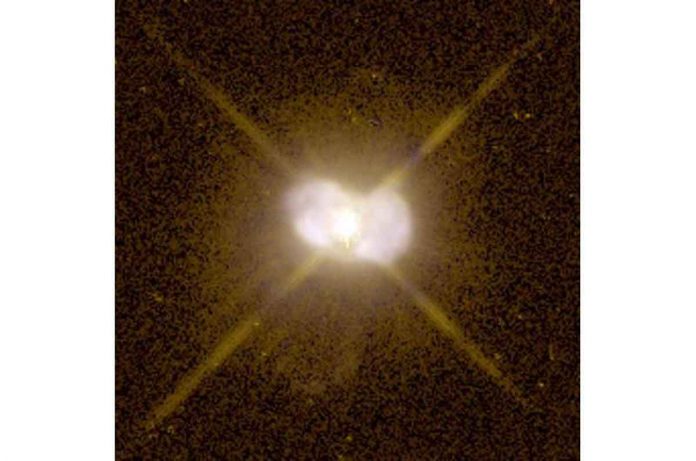Astronomers have observed a young planetary nebula known as IC 4997, by using the Five-hundred-meter Aperture Spherical radio Telescope (FAST). The study was published in arXiv.org. The study delivers important insights into the properties of this object.
Planetary nebulae (PNe) are expanding shells of gas and dust that have been ejected from a star during the process of its evolution from a main-sequence star into a red giant or white dwarf. These are important for astronomers to study the chemical evolution of stars and galaxies.
IC 4997 is a young, compact and rapidly evolving PN in the constellation Sagitta which is located some 8,000 light-years away from the Earth. Its temperature is about 20,000 K and it has a relatively high surface brightness. It contains a prominent central star with a temperature of around 49,000 K.
Xu-Jia Ouyang of Sun Yat-sen University in Zhuhai has recently performed radio observations of IC 4997. Ouyang has used the tracking mode of the FAST 19-beam receiver. The telescope allowed them to detect neutral atomic hydrogen absorption in this PN. It may have implications for our understanding of its nature.
The discovery is important given that the number of PNe with circumstellar neutral atomic hydrogen detections is extremely small when compared to the total number of verified Galactic PNe. Finding and studying such features could improve our knowledge on the mass and dynamics of the atomic gas budget in PNe.
The high-resolution and high-sensitivity FAST spectrum allowed the researchers to accurately estimate the parameters of the circumstellar H I absorption. The local standard of rest velocity of the peak absorption was measured to be −63.27 km/s and full width at half maximums found to be 12.74 km/s.

